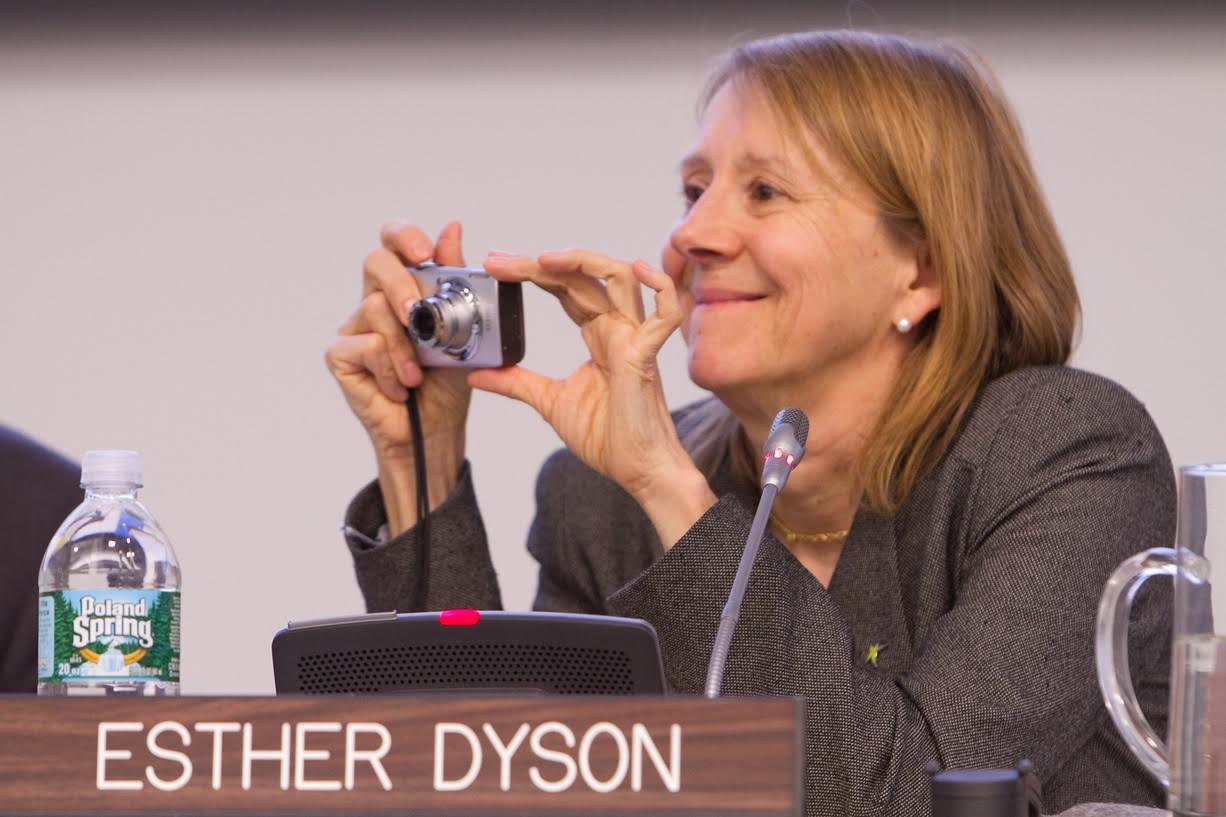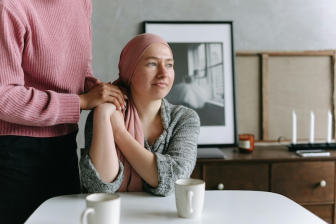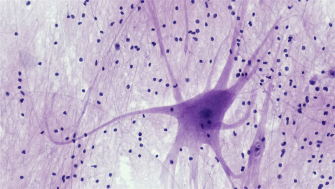30 minutes with Esther Dyson
Last updated: 01 November 2019
You can legally access new medicines, even if they are not approved in your country.
Learn howA chat with our very first angel investor about patients, doctors and injecting innovation into the healthcare sector

Type “Esther Dyson” into your Google Search engine and one of the first links you’ll see is an article with “5 Tips For Getting Esther Dyson’s Money”. Having invested in companies that have been snapped up by Google and Yahoo, Dyson has more recently focused on aerospace, human capital and finally healthcare – including startups that are bringing practical solutions to its current inefficiencies.
Why the healthcare sector? What do startup companies have to offer in this space, and how can we use creativity and innovation to improve the patient experience? When Esther stopped by Amsterdam last month, we took the opportunity to meet with our very first angel investor and discuss these very topics.
Dyson states her move into the health arena wasn’t a strategic decision, but a logical one: “I like to do things that matter, and if I were a maid, I’d like a dirty room so that I could clean it. Healthcare seemed like one of the dirtiest rooms around, and one that was worth cleaning.”
It seems that a common thread throughout many of the companies Esther is involved in is empowerment. The Way to Wellville, for example, is about giving an entire community the means to design their own opportunities for health and wellbeing, whilst 23andme gives individuals a detailed breakdown of their DNA so that they can better manage their genetic health risks. everyone.org acts as a global patients’ buyers club, providing a way for patients to purchase and import the latest overseas approved prescription drugs, and receive treatment in their home country.
Why did Dyson decide to invest in everyone.org? “I liked the fundamental proposition,” she stated. “There are people, there are drugs...they need each other. Let’s make it happen!”
For Dyson, the progress of technology in the healthcare sector is not about how much it’s used, but rather how well it’s used: “We’re still not applying the stuff we know. Talk to anybody and they’ll say, ‘this should happen, that should happen; patients should do this...doctors should do that.’ This information should be widely available and shared, and none of that is happening.”
“I like to do things that matter, and if I were a maid, I’d like a dirty room so that I could clean it. Healthcare seemed like one of the dirtiest rooms around, and one that was worth cleaning.”
We spoke about the opportunity for entrepreneurs, individuals and social enterprises to bring creative solutions and fill in the gaps in health systems worldwide. The most innovative changes are often the most simple in concept.
Dyson cites a scenario doctors find themselves in frequently: being pressed for time during consultations with their patients, where they simply “don’t have time to talk to patients about all the things they should be talking about.” Spartanburg, one of the five Wellville communities, is attempting to address this issue with a program called “The Other 45”. During the consultation, the doctor spends the fifteen minutes carefully explaining a diagnosis or a treatment plan to the patient and answering any initial questions (but let’s be honest, quite often the patient is nervous and needs time to absorb the news or instructions they’ve just been given). The doctor then leaves the patient with a resident (doctor in training) to spend the remaining forty-five minutes (of each hour) thoroughly going through the information that the patient was unable to absorb. Unlike the doctor, the resident has time to ask the patient more questions: Can you afford this medicine? Do you have a safe place to store it? Do you understand what it means to avoid gluten? Are you able to walk upstairs? The benefit to the patient is obvious; the doctor also benefits from confidence that the patient will be better informed and more likely to follow instructions.
When asked about using overseas-approved medicines, Dyson notes the conflict that some doctors may feel: “It’s a challenge when you have the responsibility without all of the control.”
In our conversation, we cited a few recent studies which found evidence of ‘defensive decision making’ amongst doctors, whereby treatment decisions are based more on fear of legal liability rather than on the patient's best interests. A 2010 study found the participating doctors selected much more conservative treatments for their patients than they would for themselves – even when they accurately predicted that the patient would opt for a ‘riskier’ treatment option. Most significantly however, patients were not aware of these discrepancies and thought that the decisions their doctors made for themselves would be similar to the decisions for their patients.
It’s a complex issue, balancing the doctor’s expertise vs. the patient’s right to self-determination, freedom of choice and right to try a new medicine. Dyson reflects that there are other factors the doctor could be considering aside from the fear of being sued: ‘I’ll take the risk for myself because I know what I’m doing – but does the patient really understand the risks?’
A 2010 study found the participating doctors selected much more conservative treatments for their patients than they would for themselves – even when they accurately predicted that the patient would opt for a ‘riskier’ treatment option.
We can think of yet another one – the doctor could be concerned that the patient won’t be able to afford the cost of the overseas approved treatment, which isn’t subsidised by the government. But does this warrant not putting the option on the table in the first place and letting the patient decide?
One thing is certain – information technology, globalisation and the digital world are creating the rise of what patient advocate Dave deBronkart and others are calling ‘e-patients’ – patients who actively participate in their medical care by using the Internet and other digital tools to gather information about medical conditions that impact them and their families. In the same way that ‘The Other 45’ program is enabling patients to be able to ask doctors more in-depth questions about their condition, information provided by companies like everyone.org is encouraging open conversations to occur between the patient and doctor about treatment options that have been approved and are available in other countries.
This brings us to another thing that Dyson thinks the health sector could improve on in the name of empowering patients: communicating medical information and clinical trial results in layman’s terms:
“[Take for example the statement that] ‘there’s a two month average extension of lifespan’: What does that mean? Does it mean most people live two months longer and then die, or does it mean that 20 percent of them of them actually live almost a year extra… or that 1 or 2 percent recover indefinitely? It’s the details beyond the numbers that you might not know. Show a population of 100 people and then show what the statistics mean. So with this drug, 3 people survive...with this drug 6 people survive. Show what it means to an actual population rather than giving them numbers they don’t quite understand.”
You can have all the technology and data in the world, but if you’re not communicating the information in a way that the patient will understand, what’s the point? For Dyson, tech is “not for video games or gambling – it’s for making people healthy.” If healthcare is the room that needs the most work, it seems like there’s enough to keep everyone busy – including Esther Dyson.




